The art world has its own classification systems for career progression. In the business world, titles like VP or labels like "middle management" tell people where you stand in your career. Similarly, the art world has categories to mark different stages.
The "emerging artist" is typically a young artist just starting out, often fresh from art school, and showing great potential. There are many opportunities for them—grants and shows specifically designed to highlight their early career.
Then, there are "mid-career artists"—those in their late 30s and beyond who have been working steadily, showing their work, and engaging with the art community. Finally, we have "established artists," whose names are recognizable, and whose work holds cultural significance. Very few artists move into this elite category.
However, I believe there should be recognition of the "re-emerging artist." These are artists who once enjoyed significant success—perhaps with big shows, great press, or financial stability—only to experience a disruption. It could have been the 2008/09 financial crisis, a personal hiatus due to illness or raising children, the loss of a key collector or gallery, or a shift in their style or medium that caused a decline in demand for their work and their ability to pursue opportunities.
For artists committed to lifelong learning, sometimes developing a new skill or insight can upend everything. When you're integrating a new technique or idea, your existing knowledge and process might no longer fit, leading to a phase where nothing seems to work. This period of reintegration can take time, and it’s a vital part of artistic growth.
We tend to think of career paths—especially in corporate settings—as linear. But an artist's career is often cyclical, with periods of success, growth, and re-evaluation. We should embrace the concept of the re-emerging artist: someone who is ready to return to the art world after a hiatus or who is presenting a new body of work in a different medium or style.

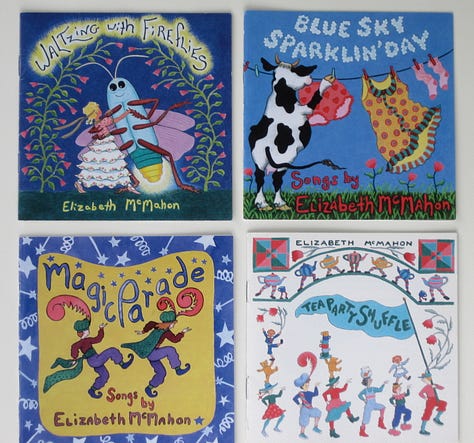
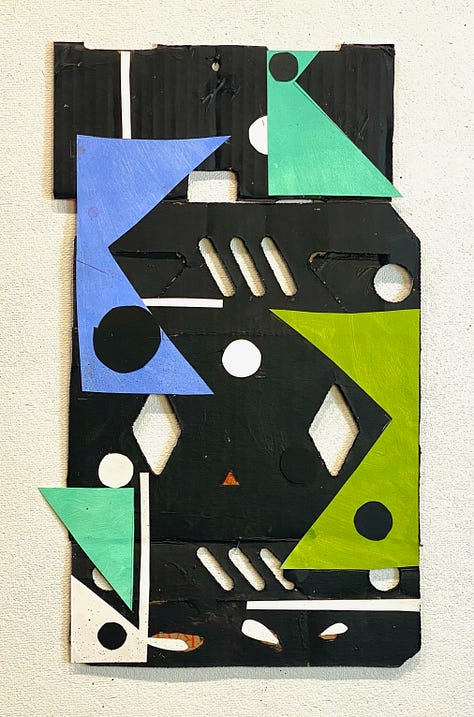
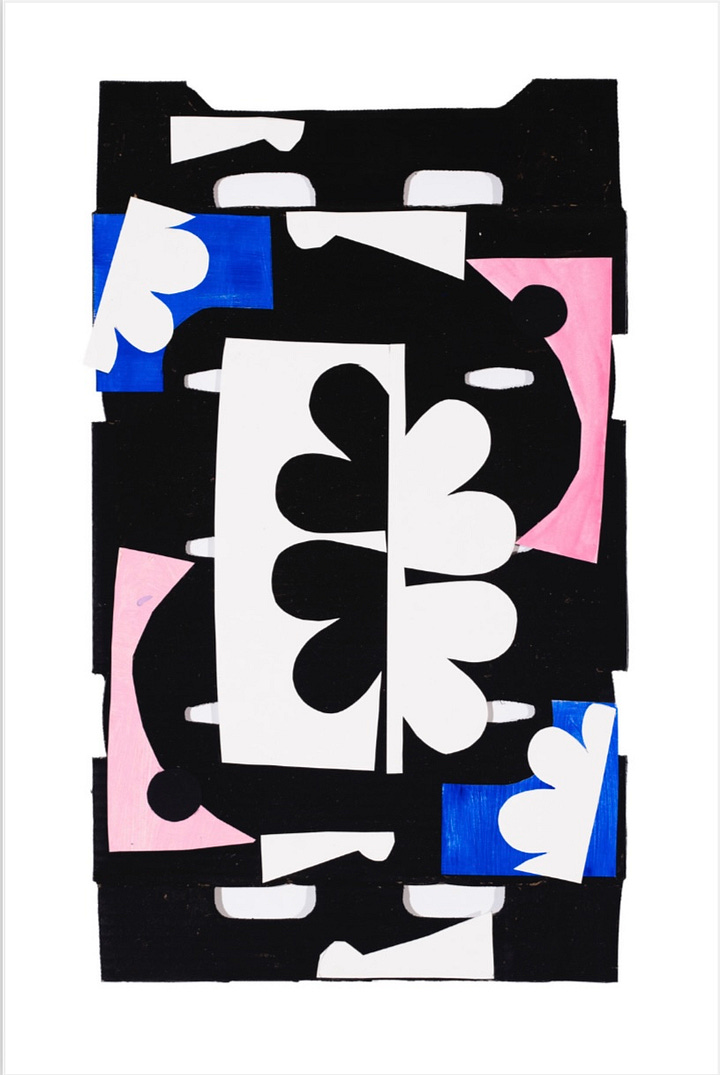
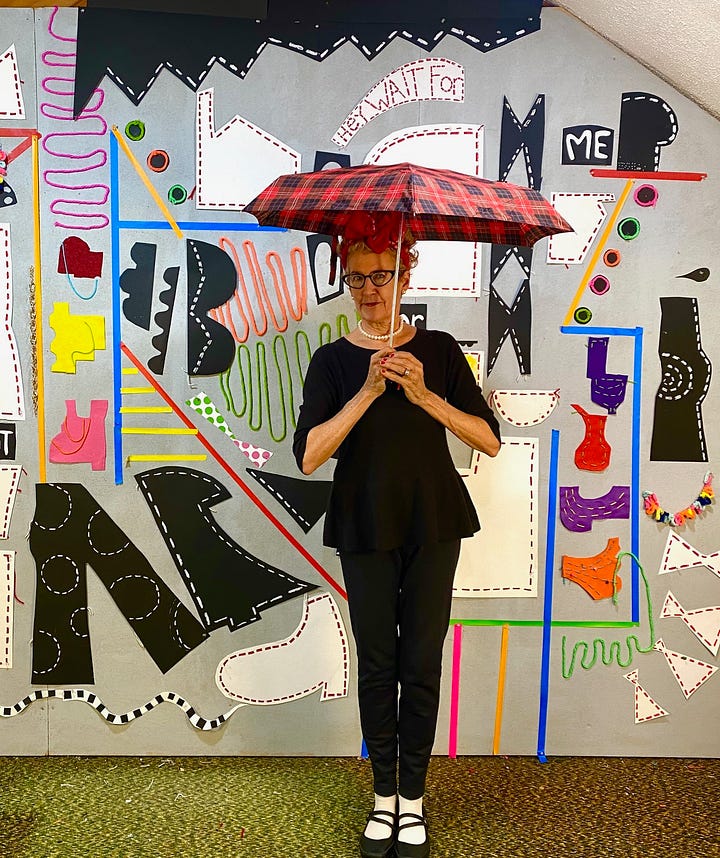
Both my partner and I have experienced this shift firsthand. He was once showing in museum settings, and selling a lot of work but after the death of two well-connected collectors and a museum director who championed him, he faced new challenges. Despite this, he has continued to evolve his art, expanding into new materials and techniques. Similarly, I took a long hiatus from painting due to illness, and when I returned, it felt like I had lost significant momentum. These kinds of shifts are not uncommon. Take Elizabeth Wickenden McMahon [Instagram Link], a mixed-media artist who emerged from Parsons School of Design and Syracuse University in the 1970s. After great early success, she pivoted during the years she raised her children, moving into multimedia installations for young audiences. As 'Mrs. McPuppet,' she gained new acclaim, performing and writing songs for children [Spotify Link]. About a decade ago, she returned to fine art, reemerging with a fresh body of mixed-media collages and drawings that reflect both her early career and the evolution shaped by her years as a performer. Her work has since re-entered gallery spaces, showing that artistic careers often circle back, transformed and enriched by life’s experiences, while she continues to explore the playful themes at the core of her work.
The path of the reemerging artist reminds us that an artistic career is rarely a straight line. Life’s interruptions—whether personal, financial, or creative—can lead to a reimagining of one’s work. Instead of viewing these shifts as setbacks, we should recognize them as vital periods of growth. To return with new vision, even after years away, is a testament to the resilience and dedication that define a lifelong artist.
Nectarine Ricotta Cake
Ingredients:
1 sheet puff pastry
2 ½ cups drained ricotta
2 egg yolks
2 tbsp sugar
2 tbsp flour
1 tsp vanilla extract
Zest of 1 lemon
2 nectarines, thinly sliced
Instructions:
Preheat and Prep:
Preheat the oven to 375°F. Line a baking sheet or square baking dish with parchment paper. If using a dish, press the puff pastry up the sides of the dish. For a baking sheet, place the pastry flat, and prepare tinfoil around the edges to act as support.Drain the Ricotta:
Place 2 ¾ cups of ricotta in a colander lined with paper towels. Set a weight on top to help drain the excess moisture for about an hour. You should be left with 2 ½ cups of drained ricotta.Make the Filling:
In a mixing bowl, combine the ricotta, egg yolks, sugar, vanilla, and lemon zest. Scrape the sides of the bowl, add the flour, and mix until fully combined.Prepare the Nectarines:
Thinly slice the nectarines.Assemble the Tart:
Spoon the ricotta mixture onto the center of the puff pastry. If using a baking sheet, leave a 2-inch border around the edges and cut small slits at each corner so you can fold the pastry edges up. Place tinfoil supports around the edges to prevent the filling from spilling. [Link to video]Top with Nectarines:
Arrange the nectarine slices on top of the ricotta mixture.Bake:
Lower the oven temperature to 350°F. Bake for 50 minutes to 1 hour, until the ricotta filling is set (it should not jiggle) but without cracking.
Let cool slightly before serving.

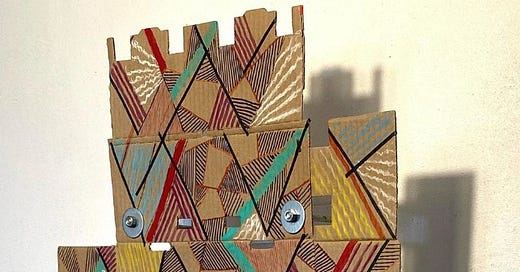



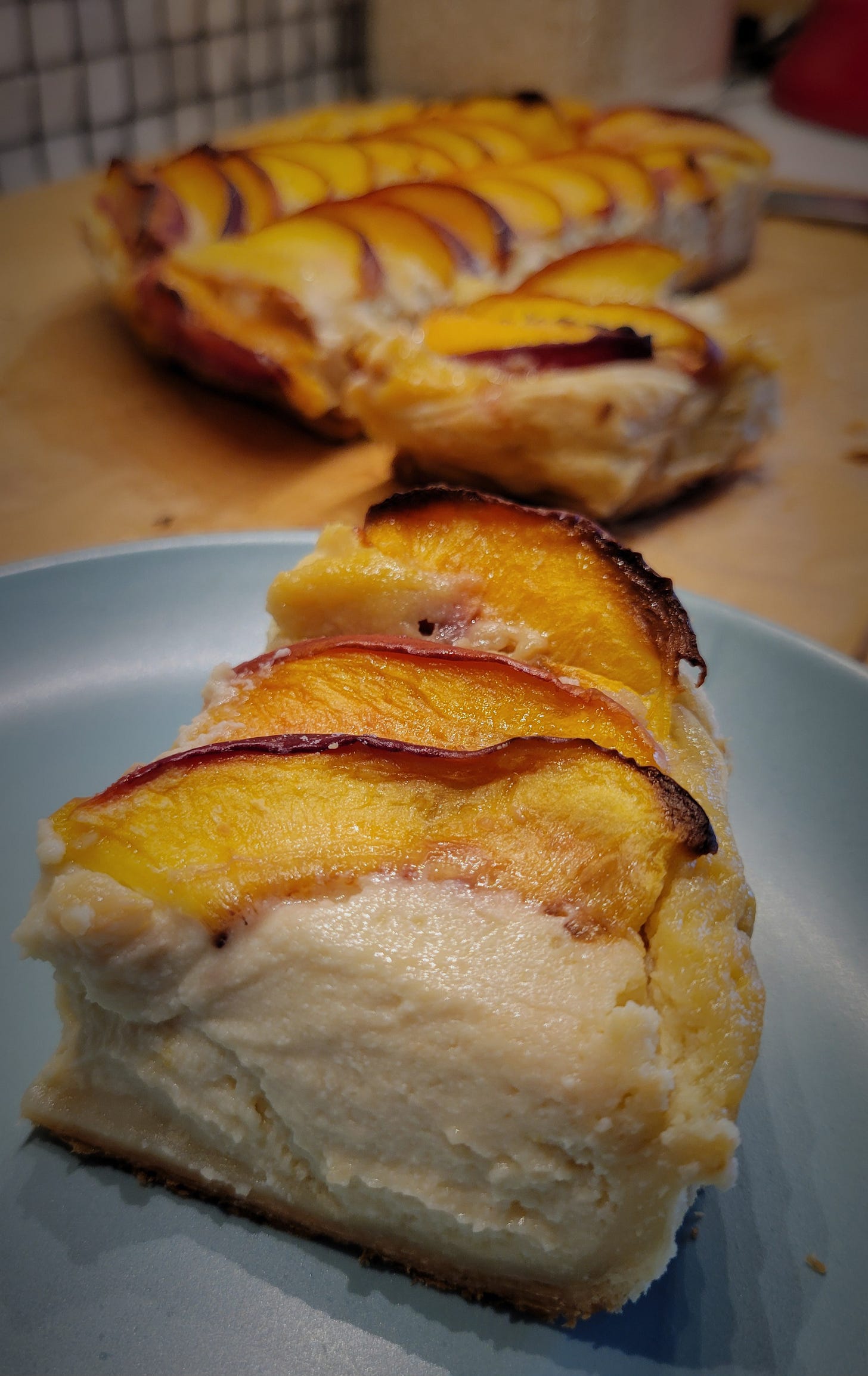
What a great essay on coming back after a break! Elizabeth is also a fantastic artist and wonderful art friend.
Thank you for this. Sometimes you just need to hear “growth takes time” from a voice you never met.